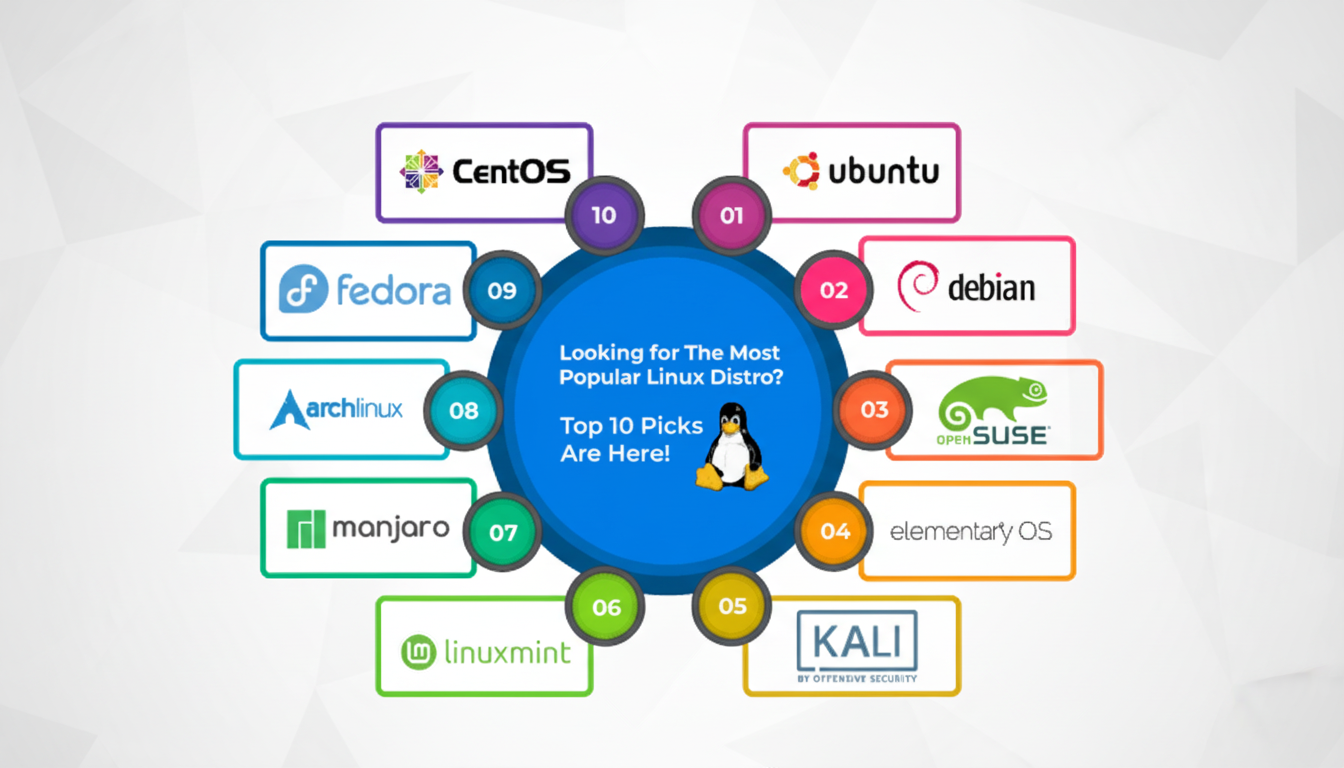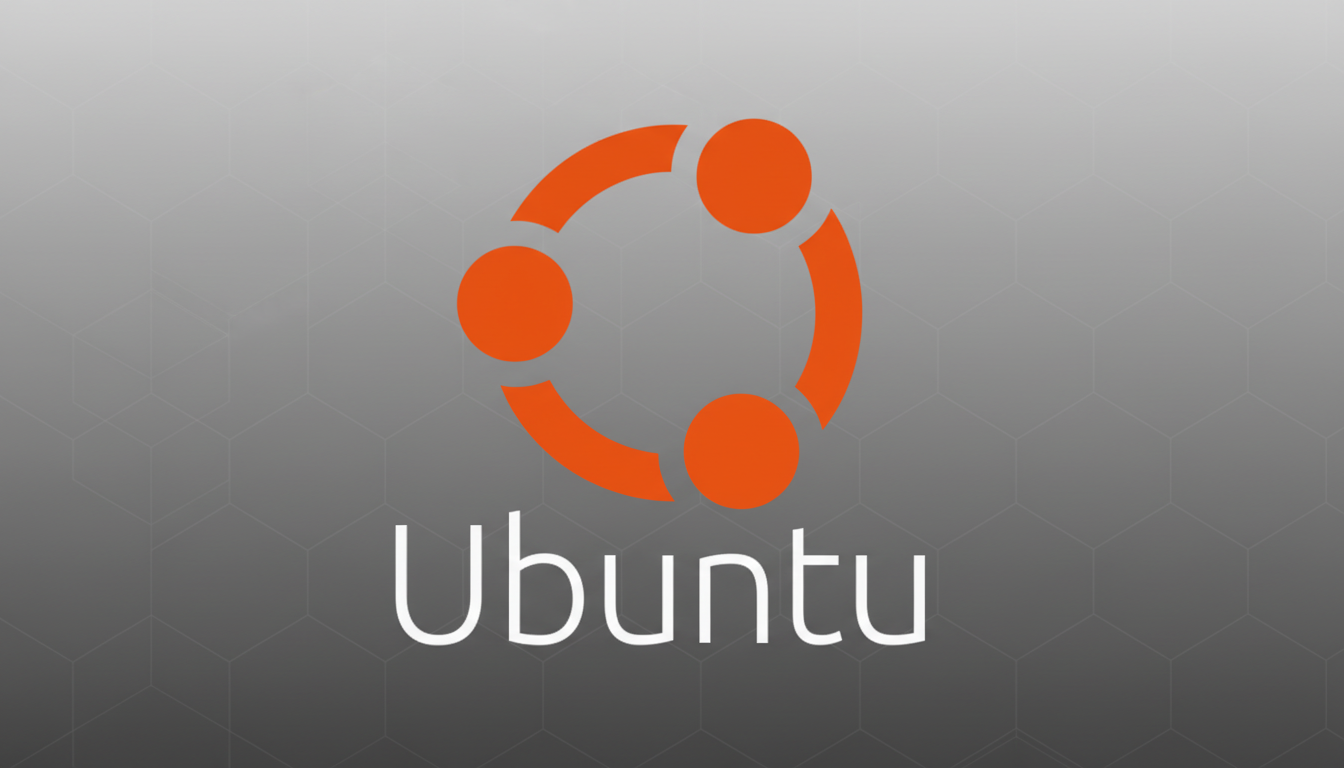For one Linux installation to handle work, downtime, and everything in between, the timing’s never been better.
These are the distributions that have proven themselves through daily driving and lab testing on laptops, desktops, and mini PCs to operate consistently in mixed-use environments without constant fiddling.
- Ubuntu: dependable, secure, and broadly compatible
- Linux Mint: the easiest transition from Windows to Linux
- Zorin OS: familiar layouts for painless Windows migration
- Pop!_OS: optimized for creators, gamers, and engineers
- Fedora Linux: cutting-edge kernels and strong security
- What to install and when to choose each Linux distro

Linux is taking off beyond the realm of hobbyists. The Stack Overflow Developer Survey consistently ranks Linux among the most popular environments for developers, StatCounter has desktop Linux usage barely scratching above 4 percent globally, and Valve’s Steam Hardware Survey sees little growth in Linux gaming around the sub‑2.0 percent mark. Versatility is the common thread — security, wide hardware support, frequent updates, and a solid app selection — so that’s how I’ve evaluated the winners.
Ubuntu: dependable, secure, and broadly compatible
Ubuntu is as safe a bet all-round as you will get. Its Long-Term Support releases offer five years of updates right out of the box (or far more, should you choose to extend support via Ubuntu Pro), and its Hardware Enablement kernel keeps newer machines running smoothly — all while looking after your older gear admirably. AppArmor is included by default, and you have both classic packages and new sandboxed applications with the combination of apt + Snap.
Offices and classrooms will appreciate Ubuntu’s predictable release cadence and automated updates, which cut down on maintenance overhead. I’ve installed it on everything from 8th‑gen Intel ultrabooks to Ryzen desktops with no driver hunting. It’s also a favorite nesting place for vendor-specific tools and cloud SDKs, which counts if you straddle desktop- and server-based workflows.
Linux Mint: the easiest transition from Windows to Linux
Gently does it: Mint is the most comfortable landing for Windows switchers, without weighing too heavily on power. The Cinnamon desktop imitates the taskbar-and-menu layout and sensible defaults that make printers, Bluetooth, and power profiles “just work,” alongside the Update Manager where you can tune how aggressively updates should be. The root account is inactive by default, and sudo does the job for admin tasks — a secure position yet one that accommodates newbies.
Mint’s first choice here is Flatpak rather than Snap — which many creators and developers also prefer for theming consistency and the isolation provided by the graphics stack. Mint Cinnamon took up less memory at idle than similar GNOME setups did on my older ThinkPad, but it was also able to handle container builds and photo editing without a hiccup. If you look for quiet performance that needs little in the way of retraining, Mint is your choice.
Zorin OS: familiar layouts for painless Windows migration
Zorin OS is the chameleon. Built on top of Ubuntu, it serves up finished desktop experiences that either look like Windows or macOS, or are simple and uncluttered workspaces straight out of the login screen, so a team can standardize around Linux without changing UIs. It detects downloaded .exe files and recommends native options, complete with Wine support in case you absolutely have to run a Windows app.

The developers saw a spike in downloads upon the end of Windows 10 support, with more than 100,000 people downloading it within two days — most on Windows machines. In my migration pilots, Zorin’s layout switcher and curated defaults together reduced onboarding time substantially. The app story is wide and easy for newcomers, with Snap and Flatpak accessible.
Pop!_OS: optimized for creators, gamers, and engineers
From System76, Pop!_OS is made for creators, gamers, and engineers who need speed with guardrails. It has separate ISOs for NVIDIA and open-source drivers so that GPUs work on first boot, as well as auto-tiling plus workspaces to keep multitasking in order. The new COSMIC desktop is written in Rust and has been fast and stable in my testing (despite still being tagged as beta), with a functional app store and consistent settings.
It’s powered by Ubuntu, so you can access all the great apt and Flatpak software. CUDA, Blender, and Proton gaming were all running smoothly with a single reboot (there’s no digging through forums for cryptic driver rituals). It’s hard to beat Pop!_OS for a do‑everything rig but with a modern slant.
Fedora Linux: cutting-edge kernels and strong security
Fedora is raw, hot from the forge to your desktop. The latest kernels, GNOME releases, and developer toolsets are all pushed through at an impressive pace, which is probably why its upstream projects dogfood it. SELinux is on by default, so you have one of the most secure desktops in any mainstream use. Need a different interface? Official Spins include KDE Plasma, Xfce, Budgie, Sway, and more.
For codecs and a few proprietary apps, turn on RPM Fusion and you’re golden! Developers have Fedora Toolbox for containerized dev environments; Phoronix’s benchmarks often favor Fedora, and weekly or monthly updates and optimizations tend to arrive sooner rather than later. Battery life and Wayland performance on my AMD laptop were two highlights vs. other fast-moving distros.
What to install and when to choose each Linux distro
Never tried Linux and want not a single surprise?
- Start with Linux Mint.
- Migrating a team from Windows and want some of the UI elements? Zorin OS smooths the transition.
- Creating a monster for creative work or gaming, using discrete GPUs? Pop!_OS provides efficient acceleration with little or no setup.
- Need a relatively stable, enterprise-adjacent base with long support windows? Ubuntu LTS is the sensible default.
- Prefer developmental kernels and toolchains? Fedora Workstation is just right.
The throughline for the lot of them is breadth: huge software catalogs, good security defaults, smooth upgrades, and strong hardware support. If your next OS has to be a Swiss Army knife, all of these will do just fine — and with Linux today, the only mistake is not leaving that system that keeps holding you back.

